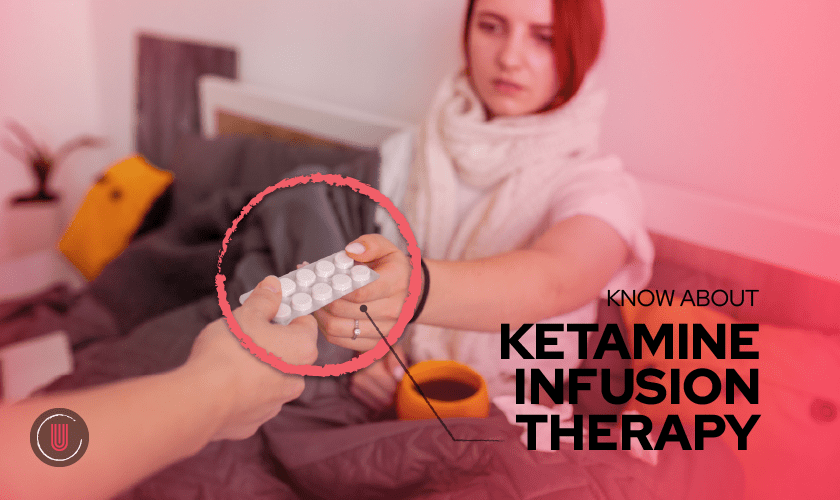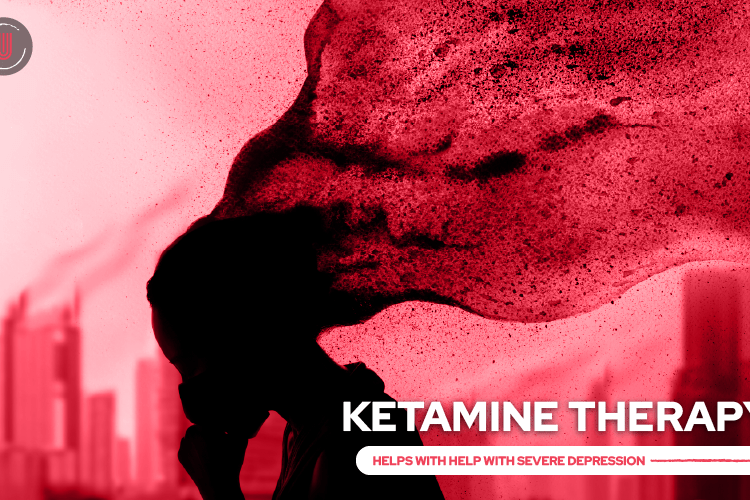
Ketamine infusion therapy is an innovative treatment option gaining popularity for its potential to relieve symptoms of mental health disorders, such as depression, anxiety, and post-traumatic stress disorder (PTSD). Additionally, ketamine infusion therapy has shown promise in treating chronic pain conditions, such as neuropathic pain, fibromyalgia, and complex regional pain syndrome (CRPS). In this blog post, we will explore what you need to know about ketamine infusion therapy and its potential benefits, including its effectiveness in treating chronic pain.
What is Ketamine Infusion Therapy?
Ketamine infusion therapy involves the administration of ketamine through an intravenous (IV) drip. The medication is given at a low dose over some time, typically 40 minutes to an hour. The dosage and duration of the infusion may vary depending on the individual’s condition, treatment goals, and other factors.
Ketamine targets the brain and spinal cord’s N-methyl-D-aspartate (NMDA) receptors. These receptors regulate mood and pain, and ketamine has been found to increase the production of neurotransmitters such as serotonin and dopamine. This rapidly reduces symptoms such as depression, anxiety, PTSD, and chronic pain.
What Ketamine Infusion Therapy Can Help With
Ketamine infusion therapy is an effective treatment option for various mental health disorders and chronic pain conditions. Specifically, it has been shown to provide rapid relief of symptoms for patients with:
- Depression
- Anxiety
- Post-traumatic stress disorder (PTSD).
- Bipolar disorder.
- Obsessive-compulsive disorder (OCD).
- Suicidal ideation.
- Chronic pain conditions, including fibromyalgia, complex regional pain syndrome (CRPS), and neuropathic pain.
- Lyme disease-related chronic pain symptoms.
In addition to its fast-acting nature, ketamine infusion therapy has been found to provide long-lasting results for many patients.
Benefits of Ketamine Infusion Therapy
Ketamine infusion therapy has shown promising results in the treatment of various mental health disorders, as well as chronic pain conditions. Here are some of the potential benefits of ketamine infusion therapy:
- Rapid Relief: One of the most significant benefits of ketamine infusion therapy is the rapid relief of symptoms. Unlike traditional antidepressants, which can take weeks to start working, ketamine can start to relieve symptoms within hours of the first infusion.
- Long-Lasting Results: While a single infusion’s effects may only last a few days to a week, a series of infusions can provide long-lasting relief. In some cases, patients have reported feeling better for several months after completing a course of treatment.
- Reduced Suicidal Thoughts: Ketamine has been found to reduce suicidal thoughts and tendencies in patients with severe depression. This makes it a potentially life-saving treatment for those at risk of suicide.
- Fewer Side Effects: Compared to traditional antidepressants, ketamine has fewer side effects. Some patients may experience mild side effects such as nausea, dizziness, or blurred vision, but these usually subside within a few hours after the infusion.
- Alternative Treatment: For patients who have not found relief from traditional antidepressants or other treatments, ketamine infusion therapy provides an alternative option that may be effective.
Ketamine Infusion Therapy for Chronic Pain
Ketamine infusion therapy has also shown promise in treating chronic pain conditions. The medication has been found to interrupt the pain signals sent from the nerves to the brain, relieving the patient. Chronic pain conditions that may be treated with ketamine infusion therapy include neuropathic pain, fibromyalgia, and CRPS.
It is important to note that ketamine infusion therapy for chronic pain conditions is considered off-label, meaning the FDA has not approved it for this specific use.
How to Get Started With Ketamine Infusion Therapy
Finding a Provider for Ketamine Infusion Therapy
The first step in starting ketamine infusion therapy is finding a provider specializing in the treatment. It is important to choose a provider who is experienced in administering ketamine infusions and thoroughly understands the treatment’s potential benefits and risks.
One way to find a provider is to ask your primary care physician or mental health professional for a referral. You can also search online for providers in your area who offer ketamine infusion therapy. When researching potential providers, read reviews and check their credentials to ensure they are qualified to provide the treatment.
What to Expect in the First Appointment
The first appointment for ketamine infusion therapy typically involves a consultation with a qualified medical professional. During the consultation, the medical team will review your medical history and any underlying conditions to determine whether you are a candidate for the treatment. It would help if you also came prepared to discuss your symptoms, previous treatments you have tried, and any questions you may have about the treatment.
Suppose it is determined that ketamine infusion therapy is appropriate for you. In that case, the team will work with you to develop a personalized treatment plan that considers your specific needs and goals. This plan will include the dosage, duration, and frequency of the infusions and any necessary adjustments that may be needed throughout treatment.
It is important to note that a qualified medical professional should only administer ketamine infusion therapy in a safe and controlled environment.
Urbane Medical’s patients are closely monitored throughout the infusion process to ensure safety and effectiveness. Patients should also be prepared to have someone drive them home after the treatment, as the effects of the infusion can last for several hours.
If you are interested in exploring ketamine infusion therapy as a treatment option, we encourage you to contact us and learn more about the potential benefits of the treatment.


